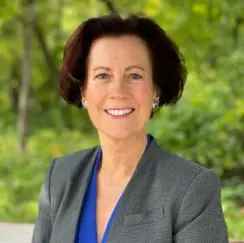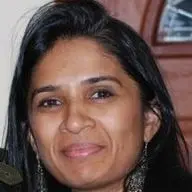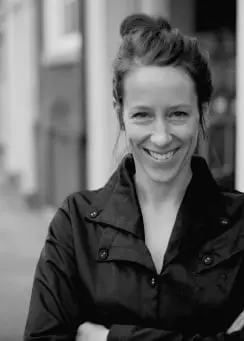 | 1 LU / HSW |
 | 1 LU / HSW |
Please join us for this unique opportunity to work across AIA Knowledge Communities to address holistic strategies for safe and secure learning environments that welcome & celebrate all learners and build community. Our fall 2022 convening of experts will expand on the 2018 Symposium on the Design of Safe, Secure, & Welcoming Learning Environments through collaboration with other AIA Knowledge Community expertise in Health, Housing and Community, Justice, and Interiors. This cross-sector alliance brings diverse perspectives, voices, and experiences to the task of co-creating a new holistic framework for healthy, safe, welcoming, and equitable school communities. Please join us for this unique opportunity to work across AIA Knowledge Communities to address holistic strategies for safe and secure learning environments that welcome & celebrate all learners and build community. Our fall 2022 convening of experts will expand on the 2018 Symposium on the Design of Safe, Secure, & Welcoming Learning Environments through collaboration with other AIA Knowledge Community expertise in Health, Housing and Community, Justice, and Interiors. This cross-sector alliance brings diverse perspectives, voices, and experiences to the task of co-creating a new holistic framework for healthy, safe, welcoming, and equitable school communities.
Learning Objectives:

Judy’s passion lies in creating environments that welcome & embrace ALL learners. Her strengths include facilitating authentic community engagement conversations that meaningfully involve all stakeholders. Her influence extends nationally and internationally having served as Chair of the two leading educational associations: Association for Learning Environments & AIA’s Committee on Architecture for Education. In 2013, she was awarded the Lifetime Achievement award from A4LE recognizing her contributions to the profession of educational planning and design. Her insatiable curiosity fuels her passion to continually explore the edge of learning.

Caroline started suoLL studio with a focus on design and sustainability, which extended into her expertise in designing learning and healing environments. She was born and raised in Mumbai, India and received her Bachelor of Architecture degree from JJ College of Architecture, Master of Technology from Indian Institute of Technology, Master of Science and Ph.D in Environmental Design from Arizona State University. She co-leads the AIACAE Research Committee and was on the planning team for the 2022 Convening Cultivating Community and Security in Schools.

Founder of d.studio and Co-chair of the AIA-CAE Research Subcommittee on Architecture for Education, Dina is an award-winning, nationally recognized PreK-12 education design leader, speaker, and author. Trained in fine arts and architecture, she works across disciplines to construct connections between theory and practice. Her innovative designs have opened the eyes of learners to the wonders of the natural world, and her collaborative research has made pioneering contributions to the field of school architecture and public health.

Mark is a physics teacher in his 26th year at Evanston Township High School. He advocates for working with and recognizing students as the unique, complex, and priceless human beings they are. He has received numerous local, state, national and international awards including being named one of the Top 50 teachers in the world by the Varkey Foundation and Global Teacher Prize, a CPEP National Physics Teacher of the Year, and the Award of Excellence given by the Illinois State Board of Education. Mark is a co-founder and President of the National Coalition for State Schools advocating for moving beyond the gun debate to preventing negative and violent behaviors in schools from happening in the first place through strong support of Social-Emotional Learning (SEL). He also serves on the Social Emotional Learning Alliance for Illinois (SEL4IL).
This track addresses the Response to real-world events and experiences that impact our daily life and our ability to function normally and be productive. The response to these occurrences is reflected in the learning environments we create and leads to the question – how can schools respond to real-world crises in a way that supports the well-being of occupants and our students' learning journey? How do we respond with approaches and strategies that may be used to balance the inability and lack of needed financial resources to address deficiencies within our learning environments’ infrastructure? Topics expand on the Art approach to the theme, but also include Science in the form of findings and outcomes through case studies and examples of successful responses to real-world conditions and events such as the COVID-19 pandemic, climate change, declining student enrollment, economics, equity, and other topics.
Primary Core Competency
Design of Educational Facilities: Acts as a resource to the design team in providing ongoing guidance and support to ensure that the emerging and ultimate design aligns with the established community vision, education goals, future programming, written design standards, best/next practices and education policy.